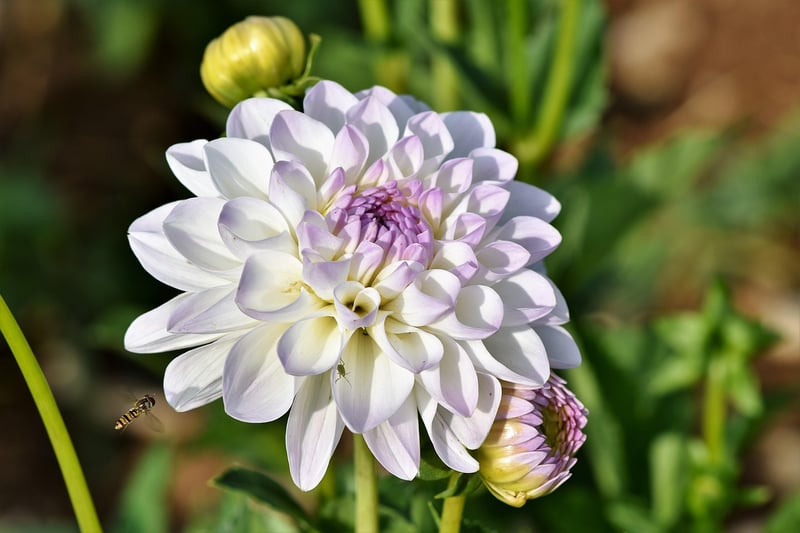Light Requirements
Keeping Your Vertical Garden Thriving: Light Requirements
Vertical gardens are a fantastic way to add greenery to small spaces and create a lush environment indoors or outdoors. To ensure your vertical garden thrives, it's essential to understand the light requirements of the plants you choose to grow.
1. Assess Light Conditions
Before selecting plants for your vertical garden, assess the available light conditions in the area where you plan to install it. The amount of sunlight the space receives will determine the types of plants that will thrive there.
2. Full Sun Plants
Plants that require full sun need at least 6-8 hours of direct sunlight per day. If your vertical garden is exposed to direct sunlight for most of the day, consider planting sun-loving herbs like basil, thyme, or rosemary.

3. Partial Sun/Partial Shade Plants
Plants that thrive in partial sun or shade can tolerate 3-6 hours of sunlight a day. Options for this category include ferns, begonias, and certain types of ivy. These plants are ideal for vertical gardens placed in areas with filtered light.

4. Low Light Plants
If your vertical garden is located in a low-light area, choose plants that can thrive with minimal sunlight. Consider varieties like pothos, snake plants, or peace lilies. These plants are perfect for indoor vertical gardens or shaded outdoor spaces.

5. Rotate Plants
To ensure all plants in your vertical garden receive adequate light, consider rotating them periodically. This practice allows plants that may be shaded by others to get their fair share of sunlight, promoting overall health and growth.
6. Supplemental Lighting
If natural light is limited in your space, consider using supplemental grow lights to provide the necessary light for your plants. LED grow lights can be a great addition to ensure your vertical garden thrives, especially during the darker months.
By understanding the light requirements of your plants and providing them with the necessary conditions, you can keep your vertical garden flourishing year-round. Experiment with different plant varieties and light levels to create a vibrant and healthy green space in any environment.
Remember, light is essential for photosynthesis, the process plants use to convert light energy into chemical energy, so ensuring proper light exposure is key to the success of your vertical garden.
